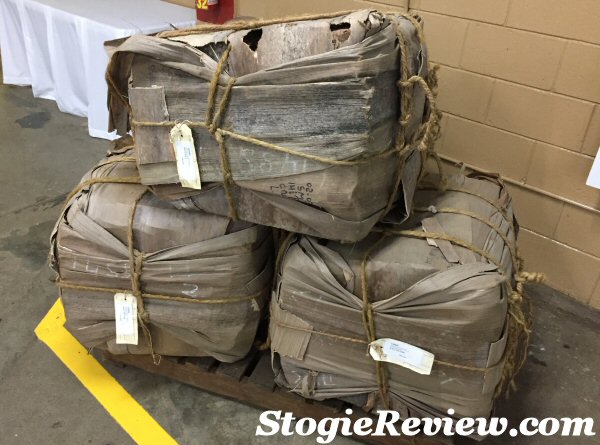
After a day spent taking in the farm atmosphere, we picked up on the next leg of the journey for tobacco. After it spends time hanging in the curing barn it’s off to the factory. There’s still a lot in store for the leaves before they are rolled into handmade premium cigar.
After a short presentation, we got started in the what Don Quico calls the conditioning area. In this room, tobacco that had previously been carefully dried is rehydrated. The goal is not to confuse and terrify the tobacco until it gives up the location of the hidden rebel base, it’s to get the leaves pliable enough that they can be handled without breaking. The magic number is about 24% humidity.
The next stop is a very large room were dozens of women are working, sorting and stacking Connecticut leaves by grade. We’re told that the reason we only see women doing this work is that women have better color perception than men, and handle the tobacco more gently. Only the two thickest grades of leaves will be candidates to become maduro wappers.
With the leaves sorted, the usable ones are tied into “hands” in preparation for fermenting at the far end of the large sorting room. Then it’s off to fermentation.
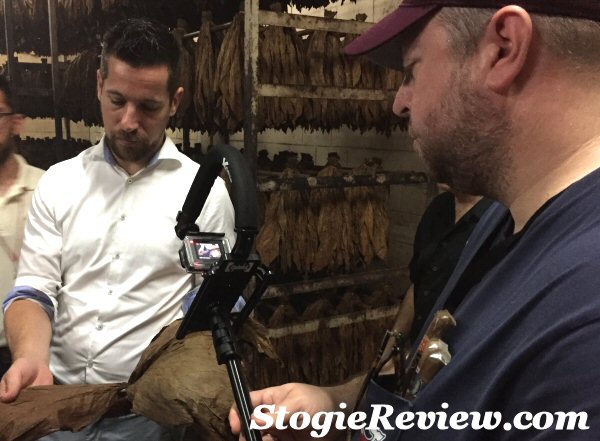
The fermentation room definitely smells the part, there was a noticeable amount of ammonia in the air. It’s not a pleasant aroma, but it’s better it to have it in the air of the fermentation room than in the cigars at smoking time. Feeling cocksure, I noted that it really wasn’t as bad as some of the fermentation rooms I’ve been in. Don Quico smiled when he replied, “we will see.”
On the topic of ammonia, a number of compounds are released from the leaves as they ferment. Ammonia is the obvious one, but carbon dioxide, nicotine and sugar are lost from the fermenting leaves. The pH of the leaf may also go down in the process. During fermentation the temperature of the tobacco raises, and the people in the factory closely monitor it day to day. If the temperature raises above 110°F, the tobacco is rotated (or turned) to ensure evenness and consistency of fermentation. Don Quico also goes college chemistry professor on us, informing us that the center of the stack of fermenting tobacco leaves ferments anaerobically, while the outside ferments aerobically. (It sounds like exercise, but don’t worry, you’re safe from an elevated heart rate here.) That makes sense if I remember my chemistry correctly, as there would not be a lot of oxygen on the inside of the stack.
In the natural leaf fermentation room, the stacks of fermenting tobacco weigh an impressive 3,500 to 4,000 pounds each. The tobacco will spend two to six months in this room, depending on how quickly it ferments. How do they know when the tobacco is ready? The roll little “fumas” with the tobacco and smoke them, making careful note of how it tastes, smells and burns.
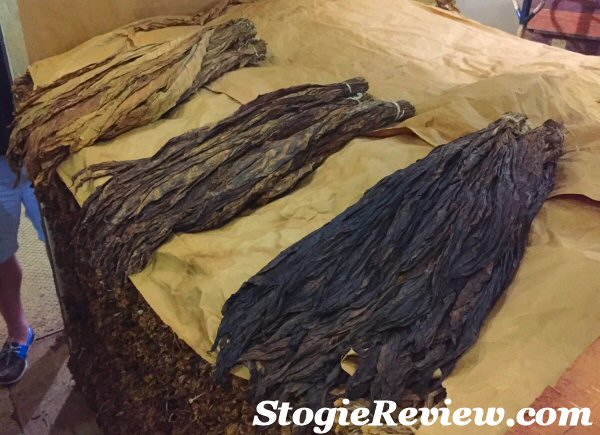
When the tobacco is done fermenting, it is sent off to packing and then to the warehouse for aging. Sounds simple, right? Not quite. For Connecticut Havana maduro the fermentation takes six months, then the tobacco is packaged up and aged for a year. Then they bring it back, add more moisture to it and ferment it again for two more months. Then they add more moisture and ferment it again for another month. The leaf is considerably darker at each stage in the process, which is pretty clear in the video, even though the lighting isn’t ideal.
Before tobacco arrives in the warehouse to age, it’s put in a baling box and is pressed. It’s a pretty involved manual process, which actually involves taking the box holding the tobacco apart after it’s pressed, chaining down the tobacco with actual chains, reassembling the box for the next bale. And then the burlap surrounding the tobacco is sewed up by hand.
With the tobacco all pressed and stitched-up, it’s off to the warehouse to be stacked up and stored with the thousands of pounds of tobacco that preceded it. Waiting in dim lighting and 72 to 76% humidity for its turn to become a cigar. Walking through the warehouse feels like walking through a Costco after hours, if Costco was stocked solely with huge bales of tobacco. As we were looking through a superstore-sized inventory of tobacco, Don Quico told us the oldest bale they have on hand is Cameroon from 1998.
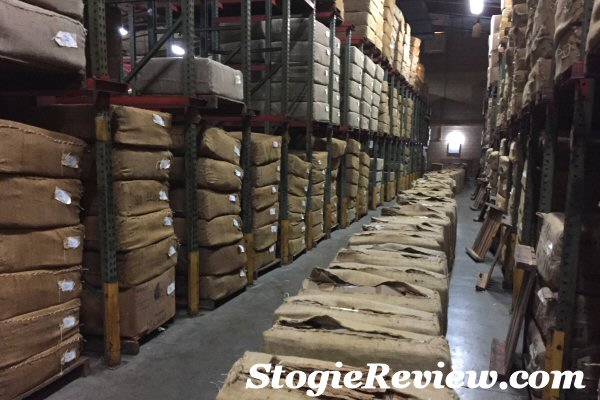
Months or years later, the bales are opened and then what? You guessed it, Moistening 3: The Rehydrenating. (They don’t actually call it that, but they should.) Moisture is again added to the tobacco to make it easier to work with and prevent breakage. Care is taken separating the pressed leaves from one another, and they are given a day to gradually absorb moisture in a humid room with misting sprayers along the back wall. There is also a follow up humidifying room we saw on the tour, which was conditioning Sumatra, Cameroon and Connecticut, and it was particularly noteworthy for having a pretty intense atmosphere of ammonia. With the misters on full blast, the tour attendees were quick to scurry from the room coughing.
Now that tobacco has survived a gentle tsunami of mist, it’s time to remove the leaf’s center vein. In some factories we’ve seen, that’s done by hand. At General Cigar they employ an intimidating dual-pedal machine that splits the tobacco in halves, stripping the main vein in the process. Be advised, this machine just as happy to accept hands as it is leaves, it’s best to stand back.
The halves of tobacco are sent to a nearby room to be sorted and classified by size and color. In the case of Cameroon leaf, the darkest ones are destined to become Partagas cigars, which the lightest classification will become Cohibas. In addition to this round of sorting and classifying, tobacco samples are also sent through a separate rigorous quality control process.
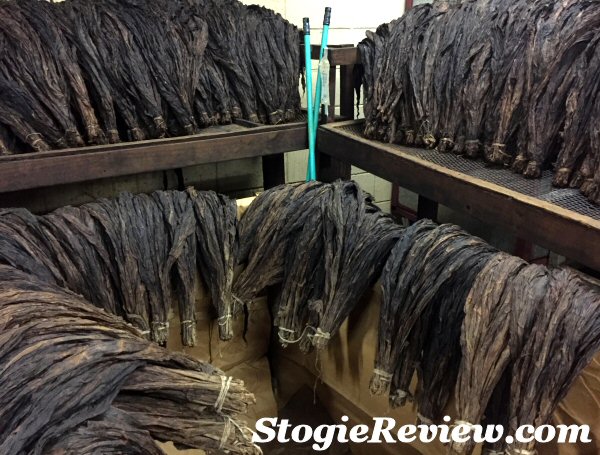
And that brings us to the end of the first half of the General Cigar factory tour. (Check back in a day or two for the second half.) To see it all the action for yourself, hit the play button below. The video runs about 30 minutes, and it covers everything mentioned above. Which is really a lot. Grab your favorite 30-minute smoke and enjoy! (Note that factories can be noisy places, background noise was unavoidable and varies considerably from scene to scene.)


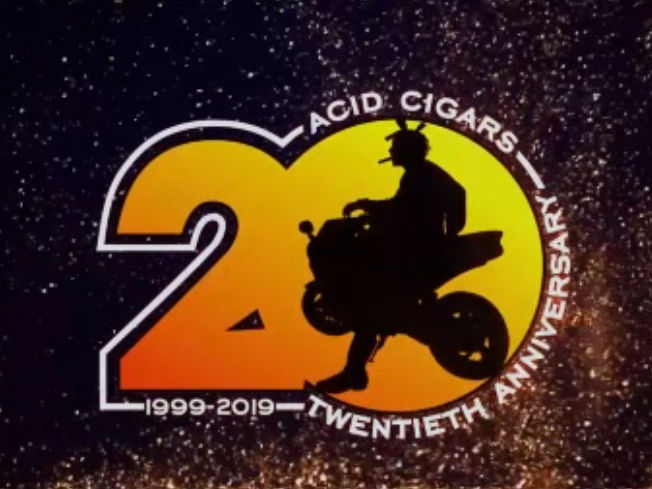
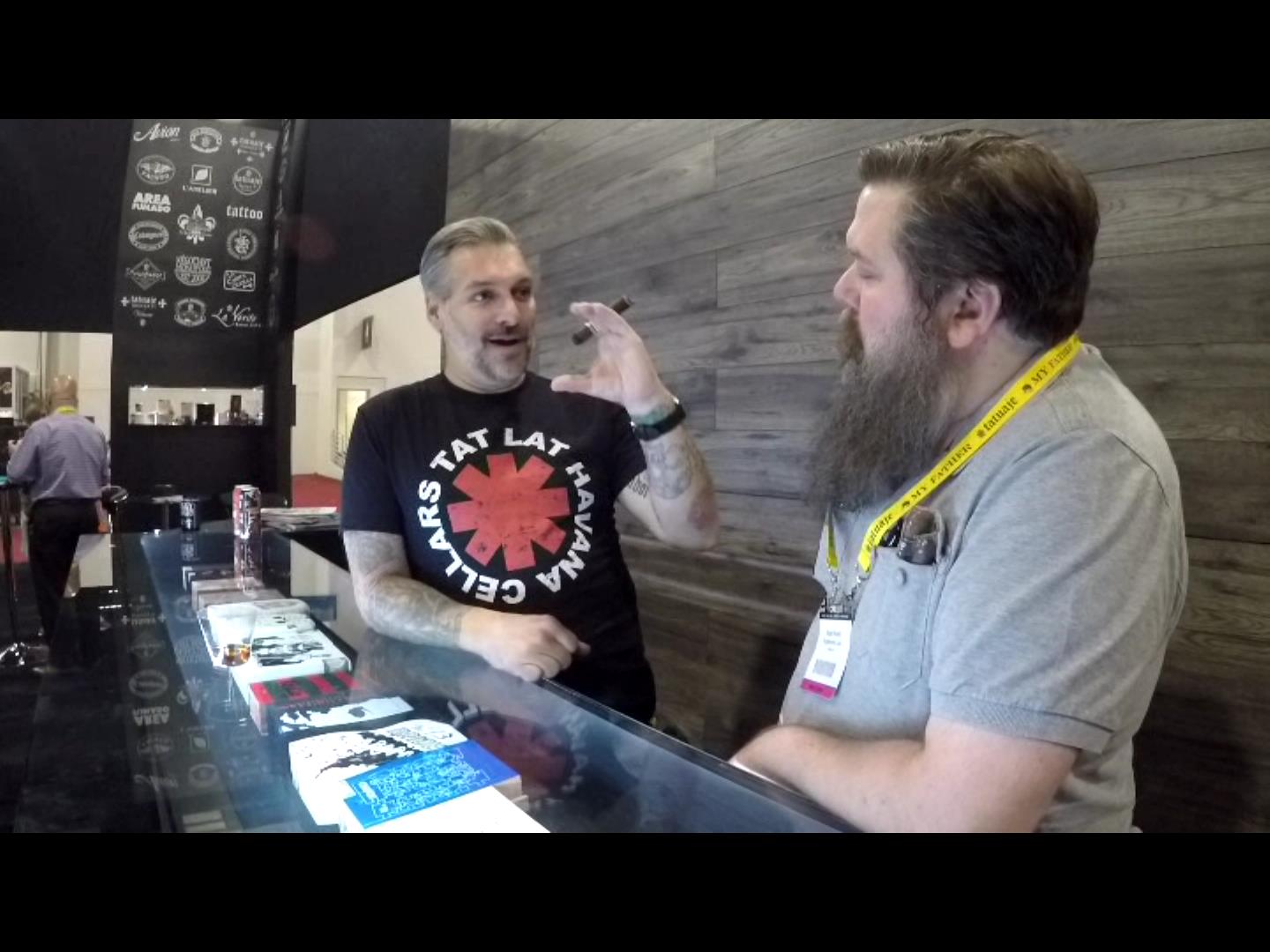
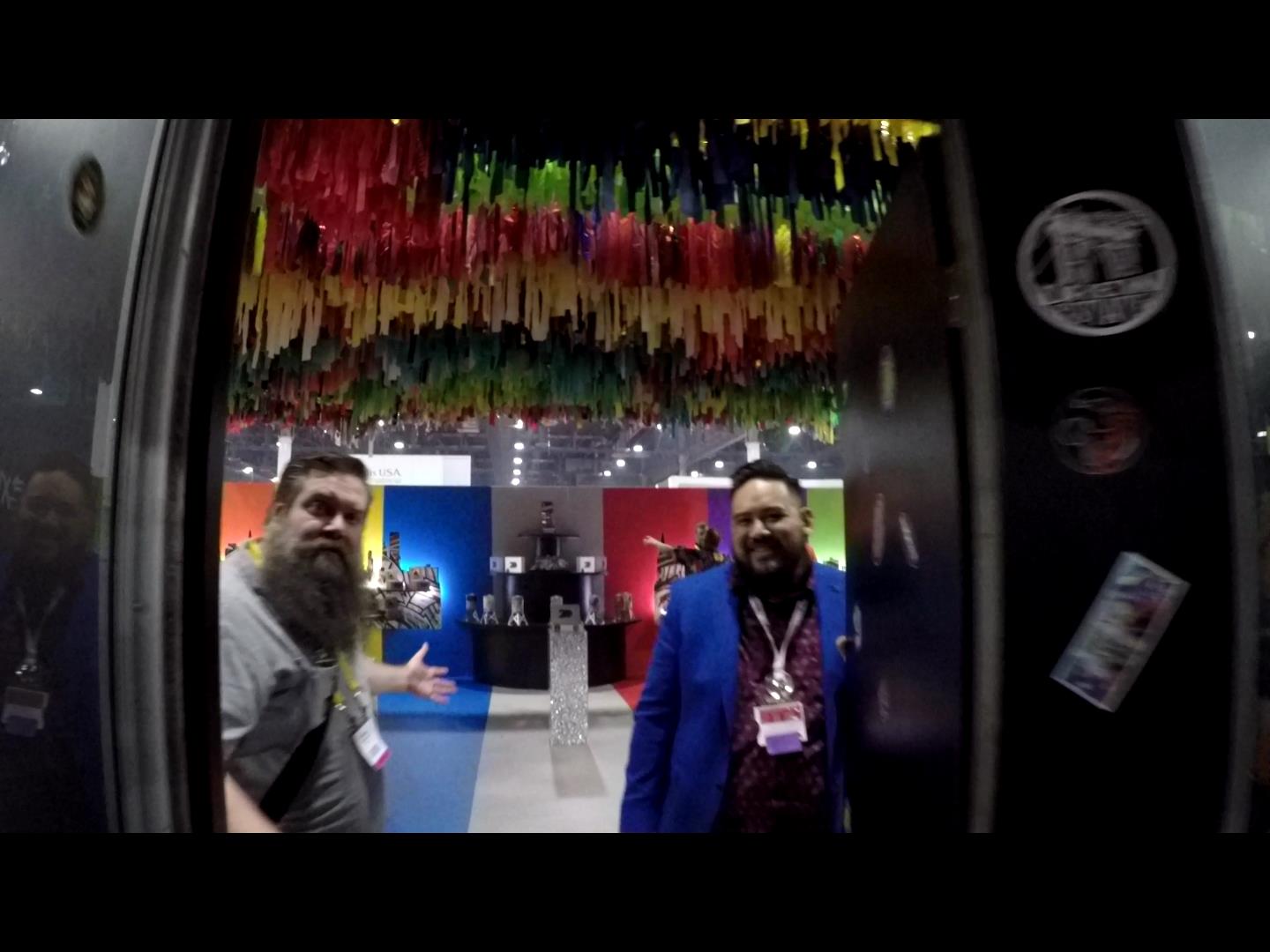
One thought on “General Cigar Factory Tour 2017 Part 1”